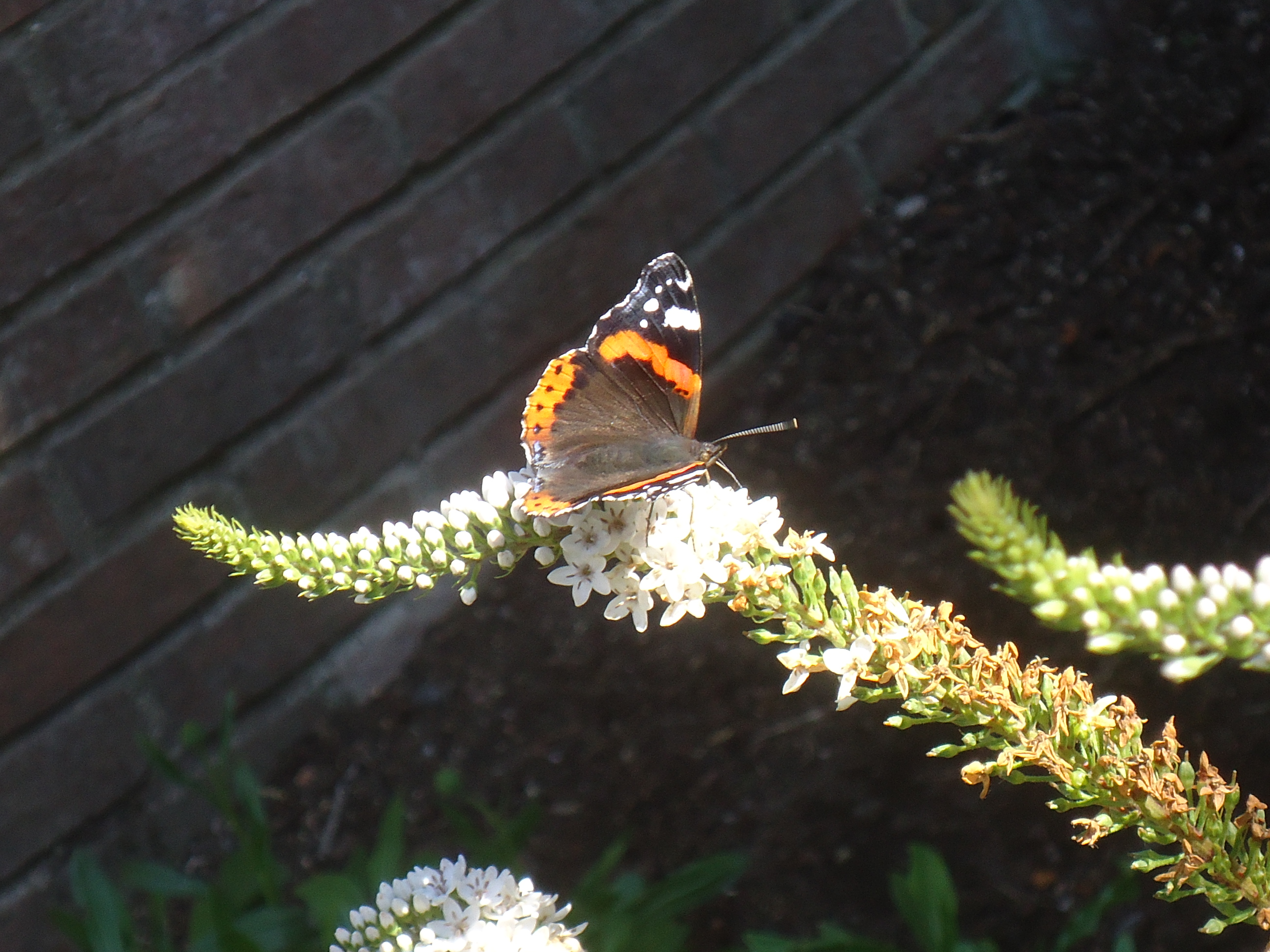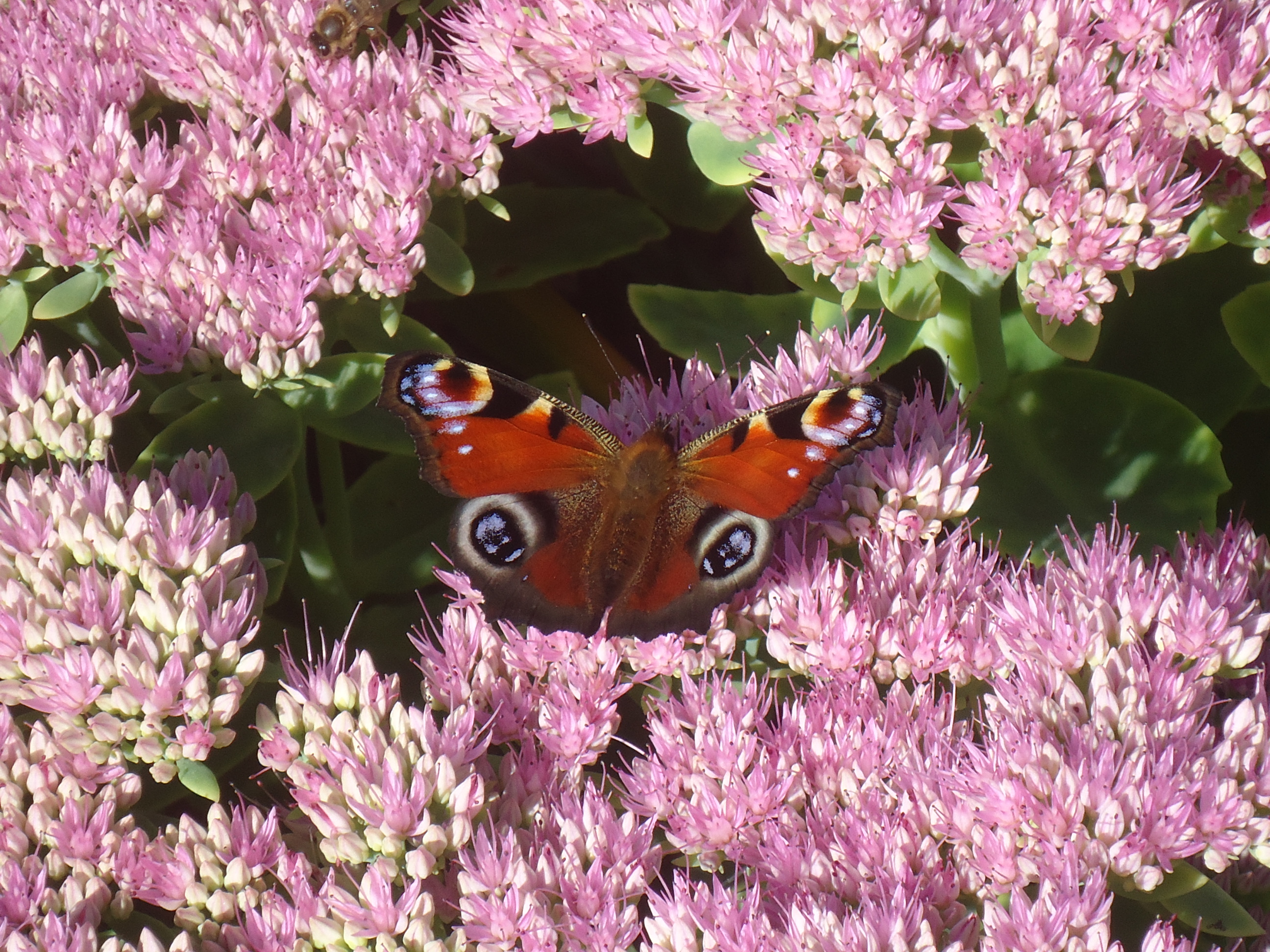Butterflies and Economics
Yesterday we saw lots of empire butterflies:
And peacock butterflies
and fritillaries.
We also rambled among the 52 acres at Rowallane.
And today I finished a book by Kate Raworth, a British economist. One of the things I loved was how many other women economists she cited. I don’t think men are as inclined to share the insights of their female peers. The book, Doughnut Economics, deconstructs the principles, equations and diagrams that underlie modern economics. She says these various tools were invented to put economics on a level with physics, maths, and biology. They are based on assumptions and relationships that are presented as immutable yet don’t hold up to scrutiny in the real world.
Here is one of her mentors, Donella Meadows, on the foolishness of using GDP growth as the primary metric of an economy’s health:
“Growth is one of the stupidest purposes ever invented by any culture. We’ve got to have an enough.”
Raworth takes fault with, among other things, the “rational man” concept and with the circular flow diagram, which views humans as labour, consumers, and investors. Here’s a doozy that I don’t think a male economist would write:
“When Adam Smith, extolling the power of the market, noted that, ‘it is not from the benevolence of the butcher, the brewer, or the baker that we expect our dinner,’ he forgot to mention the benevolence of his mother, Margaret Douglas, who had raised her boy alone from birth. Smith never married so had no wife to rely upon (nor children of his own to raise). At the age of 43, as he began to write his opus, The Wealth of Nations, he moved back in with his cherished old mum, from whom he could expect his dinner every day. But her role in it all never got a mention in his economic theory, and it has subsequently remained invisible for centuries."
9-3

